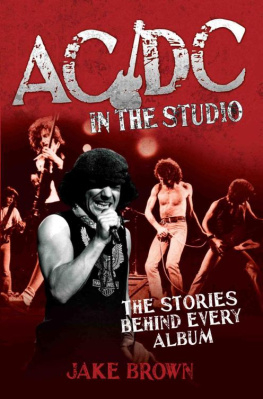
Dedicated to Bill Graham, 1951-1996.
THIS IS A CARLTON BOOK
Text copyright Niall Stokes 1997, 2001, 2005, 2009
Design copyright Carlton Books Limited 1997, 2001, 2005, 2009
First published in 1997 by Carlton Books Limited
This edition published by Carlton Books Limited 2009
All rights reserved.
This book is sold subject to the condition that it shall not, by way of trade or otherwise, be lent, resold, hired out or otherwise circulated without the publishers prior written consent in any form of cover or binding other than that in which it is published and without a similar condition including this condition, being imposed upon the subsequent purchaser.
eISBN 978-1-78011-194-0
CONTENTS
INTRODUCTION
A book is a mysterious object, I said, and once it floats around the world, anything can happen. All kinds of mischief can be caused, and theres not a damned thing you can do about it. For better or worse, its completely out of your control.
Paul Auster, Leviathan, 1992
As with books, so with songs
Writing a book about the stories behind U2s songs, it seemed necessary to live, sleep and eat the music. You keep looking for extra clues, something you might have missed. Some songs begin to grow, the more you listen. Others fade. But some just keep on growing till you know youre never going to get them out of your head. Ever. Take my hand, you sing, you know Ill be there if you can, Ill cross the sky for your love. And people look at you. You hadnt even realised you were singing.
Its one of the standard questions nearly every cub rock reporter asks, with all solemnity, as if its never been asked before: how do you write your songs? Bono calls it songwriting by accident and it describes the process pretty well. But however the songs are written, more often than not over the past nearly 30 years, the end results have been glorious.
U2 have developed in every imaginable way. Boy was a brilliant, original, debut album, which had its share of insights, but no one could claim that the lyrics were its strongest suit. Travelling, within six years, from there to the maturity of The Joshua Tree was an extraordinary achievement.
But even then, in an industry where so many artists who consider themselves to have arrived are content to rest on their laurels, U2 refused to allow themselves to stagnate. Achtung Baby, released in 1991, was their second acknowledged masterpiece and also introduced a new phase for them aesthetically and intellectually. Broadly speaking, The Joshua Tree and Rattle and Hum had been direct, emotional and heartfelt. In contrast, Achtung Baby was oblique, coded and elusive, and the follow-up Zooropa continued in the same vein.
There were reasons for this shift other than the ever-present desire to make great records. It had to do with the fact that, with The Joshua Tree, U2 became one of the most successful rock groups of all time. And with that success came a whole lot of baggage. Suddenly U2 found that they were a target for the tabloids. Rattle and Hum was widely panned. And, in some quarters, their commitment in itself became a cause of ridicule. Against that backdrop, on the surface at least, Achtung Baby reflected a strategy to conceal rather than reveal. It was a deliberate attempt to step out of the mainstream, to challenge audiences and to confound critics.
With Achtung Baby, with the Zoo TV tour that followed it, and with Zooropa, U2 became more playful and experimental. The groups sense of humour was discernible in their music for the first time. Sometimes misunderstood, Pop continued in the same vein. But for All That You Cant Leave Behind and How To Dismantle An Atomic Bomb, the band released themselves again from the need to run everything through the hip-ometer and made music that was no less hip at all as a result. This tendency continued with their last release to date, 2009s No Line On The Horizon.
They say that in love there are no rules. Nor should there be in rock n roll. One of the great things about U2 is their attitude that nothing is sacred in the pursuit of excellence.
Its a fine theory until you attempt to put it into practice; thats where the sheer grinding hard work comes in. But since they first blazed a trail into our hearts towards the end of the 70s, U2 have put in more of that than almost any other band on planet Earth, and they have the songs to prove it.
And the scars.


BOY
It was always going to be called Boy. The album cover has been in the back of my mind for two years, Bono explained, just after its release. There is a feel to it. Holding the cover and listening to the album is perfect.
The title was decided on long before this band began to record. It wasnt a concept album, but there was a strong linking thread running through the songs. U2 were still in their teens when they signed to Island, and Boy reflected it unashamedly.
The songs are autobiographical, Bono stated. In an explosive burst of adolescent energy, they embraced the teenage themes of confusion, longing, faith, anger, loss and burgeoning love in a nakedly emotional way. At the heart of the record was the frantic search for an identity in which all of the band were themselves still immersed.
Having played most of the songs for over two years, U2 probably believed that they knew them thoroughly. It still wasnt an easy album to make. A lot of tough, disciplined work went into getting the rhythm section tight, and Bono had to confront in earnest for the first time the need to finish definitively the bands songs.
Under Steve Lillywhites sympathetic direction, Boy emerged bright and shiny, all glistening treble, shimmering guitar, exuberant drumming, breathless vocals and urgent bass. It was a lyrical, romantic, spiritual odyssey, which resonated with one particularly marvellous, distinctive quality. Above all, Boy was an honest record.
I WILL FOLLOW
Iris Hewson died on 10 September, 1974, following a brain haemorrhage. It was a terrible twist of fate, coming as it did just after her own fathers funeral at the Military Cemetery in Blackhorse Avenue, Dublin. Bono was 14 at the time, and the experience devastated him. Even now, he admits that he finds it difficult to remember what his mother looked like. It is impossible to imagine what he might have become if she had lived.
What we can say is that he was plunged into a period of emotional turmoil, that he began running in 1974 and that he has scarcely stopped since and that this restlessness has been a powerful motivating force in his work. Bono remembers his adolescence as a time of psychological violence and I Will Follow captures some of the drama of that era, the four walls coming down on top of the songs narrator in an image that captures well the suburban claustrophobia that was returned to, almost obsessively, throughout the first album. But there is something else going on here: a sense of terror and confusion which runs deeper than the common crises of identity from which teenagers suffer.
His friends on Cedarwood Road remember Bono as a kind of stray after his mother died. Hed turn up at Gavin Fridays house one night, and Derek Rowens the next, just in time for tea. He was calling around as much to be with my mother as he was to be with me, I have no doubt about that, Gavin recalls now. They fed him and minded him, but he had to return all the same, as twilight fell, to a house inhabited only by men his father Bob, his brother Norman and himself.
Next page
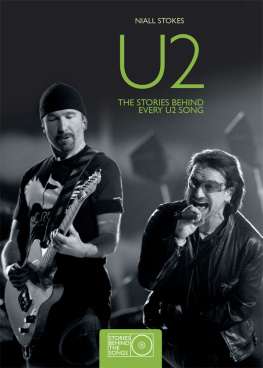

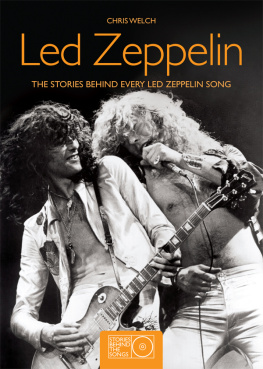
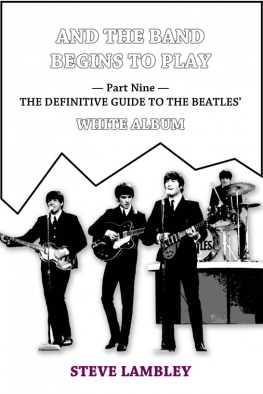
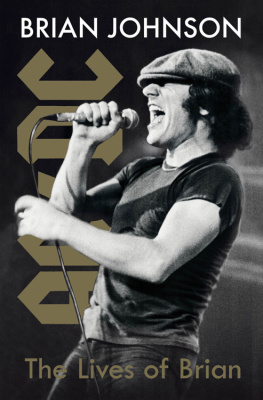

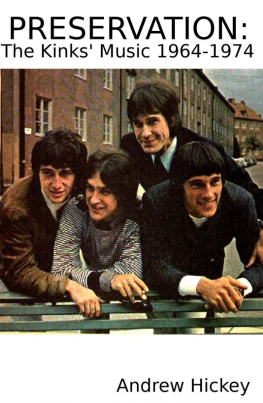

![Lambley - And the Band Begins to Play: [Part9 The Definitive Guide to the Beatles White Album]](/uploads/posts/book/213743/thumbs/lambley-and-the-band-begins-to-play-part9-the.jpg)

